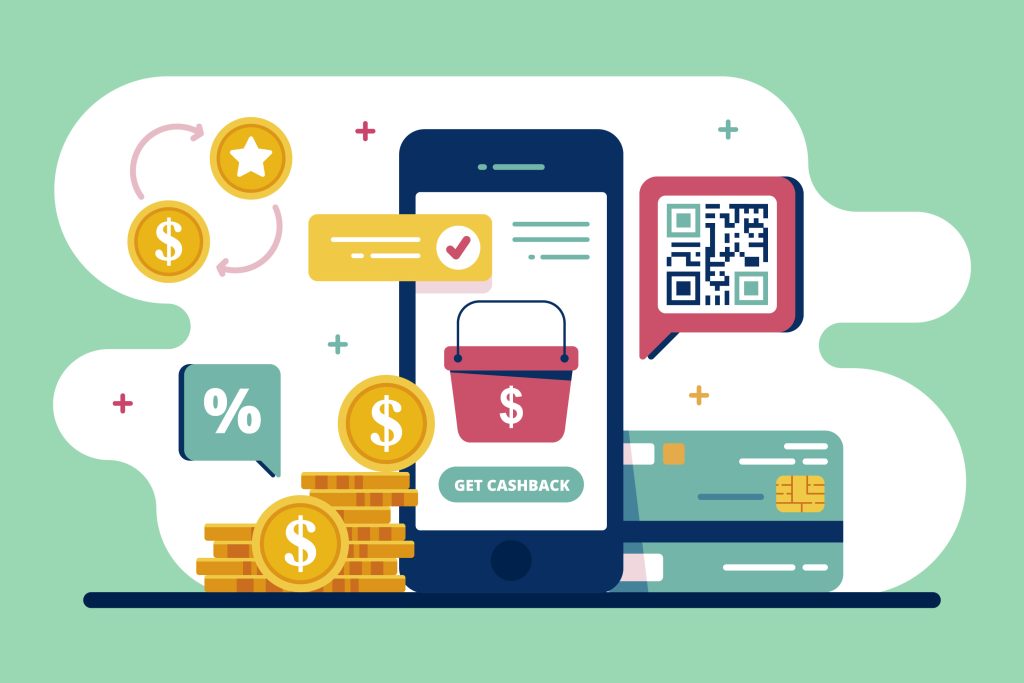
The world is going digital. It is evident in every aspect of our lives. Digitization of the world and rapid technological advancements are not just inevitable but crucial for the development of the human race.
Money has seen evolution right from the time of the barter system to today, the era of digital currency or digital payments.
According to the IMF, digital money can potentially change the face of the finance sector. With digital and phone-based payments, 1.7 billion people will do monetary transactions without a traditional banking account.
A report states that 50% population in Sweden has opted out of physical money and prefers online payments or card payments.
It indicates that the demand for virtual or digital money is growing, and many prefer it over cash.
The digital money covers –
- Central Bank Digital Currencies (CBDC) – This is issued & regulated by the central bank of the country. It is the digital currency pegged against the fiat currency of the country.
- Cryptocurrency – It is a digital asset based on a widespread network of computers. It is not issued by any central authority of the country and hence is highly volatile. Most popular are Bitcoin, Ethereum, Tether, etc.
- Stablecoins – They are a type of cryptocurrency pegged to the currency rate of any country or commodity like gold. They are more price stable.
Digital currency has its own set of advantages and disadvantages. Let’s take a look at them –
- Consider a scenario where you are in the United States working on a company project. Your dependents in India need you to send them money. A wire transfer will take a few hours and cost a transfer fee which amounts to almost 7% of the transaction amount. Instead, transferring the money through e-banking, or depositing the money to any e-wallet makes the process hassle-free and saves the remittance fee.
- Digital money does not require storage and the transactions are recorded.
- Virtual cryptocurrencies face a lesser risk of exchange rate fluctuations and deflation or inflation in the economy.
- It is easy to access and has higher functions like transferring money anywhere in the world, scheduling payments, automated paperless transactions, and transparency.
- However, the drawbacks of such digitization are a lack of infrastructure, internet facilities, and awareness.
- Many technologically incapable people find it difficult to transact using digital money.
- Cryptocurrencies are not authorized or officiated by the Government of any country and hence are still not considered the official tenders in any country. Also, they are highly volatile, fluctuate often, and involve higher risk.
- Cryptocurrencies require higher energy consumption due to mining activities, thus leaving a deep carbon footprint and harming the environment. Especially when countries are promoting sustainable living and are working on reducing their carbon footprint.
- Currently, there are no clear laws and regulations penned down for digital money. The lack of a clear legal framework is causing challenges in governance.
- There is a higher risk of a breach in cyber security and loss of money. Cyber frauds, hacking, glitches, and money laundering have been peeking their head up in recent times.
Digitization is necessary for progress. Ergo, spreading awareness about it, developing an all-inclusive strategy, and establishing a sustainable & efficient infrastructure are prerequisites for it.
The changing economic conditions & digital transformation requires updated knowledge and skills to survive in the market.
MIT School of Distance Education (MITSDE) understands the current skills gap in the market and strives hard to reduce it. Hence, MITSDE brings you PG Executive Diploma in Banking & Financial Services (PGDM – Exe- Banking & Financial Services).
The course covers the basics of banking and finance management, digital transformation in the banking sector, current global financial market trends, analytical skills for risk assessment, types of financial markets, financial assets, instruments, and financial services.



